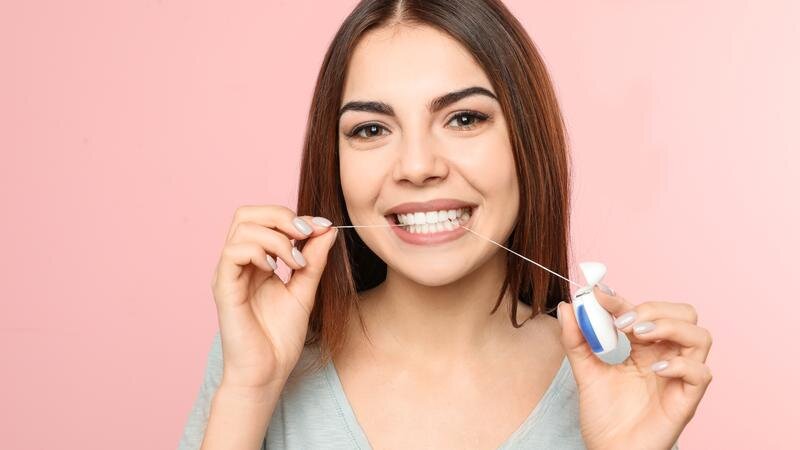Regular brushing is the most critical activity in preventing tooth decay and gum disease. Once you brush, you remove all of the bacteria in the mouth that causes gum disease, tooth decay, and plaque.
It’s suggested to brush the teeth after each meal or at a minimum of two times per day and floss one time per day since the bacterial activities on the teeth begin instantly after eating.
How to brush your teeth properly
Brushing isn’t complicated. It only takes two minutes. Follow these teeth whitening measures each time you brush.
- Direct the toothbrush bristles between the gums and teeth using a gentle, circular, massaging movement from your gum in a circular manner. Brush at a 45-degree angle.
- Clean every tooth’s surface, in addition to your tongue and palate.
- Brush for a minimum of 2 – 3 minutes without rushing. Try to time yourself.
- Change your usual pattern of brushing. If you brush the same way each time, you may always miss cleaning the same spaces. Try and reverse your usual pattern.
- Search for a soft and rounded bristles brush and watch for the size and shape of the brush that reaches all the back teeth. Your toothbrush must be replaced every 3 months.
Use a teeth whitening kit after brushing and flossing
Before we get into the proper way to floss, let’s go over what to use after you brush and floss for teeth whitening. With routine flossing and brushing, it’s possible to maintain a clean and healthy smile, yet you also might see a bit of discoloration on the teeth. Teeth staining discoloration is regular, as it occurs because of the drinks or food we consume, despite following the proper oral care and hygiene. Everyone wants to have a brighter smile but is not certain about the option they should use. Teeth whitening is a non-invasive, simple treatment that may be utilized to change the color of natural teeth enamel and be referred to as bleaching.
How to Properly Floss your Teeth
Now let’s get back to the proper way to floss. After teeth whitening, flossing helps to remove the plaque and bacteria your toothbrush can’t reach; therefore, flossing at least one time per day is essential. Plaque causes gum disease. It’s an invisible bacteria film that forms on the teeth at all times.
As time passes, plaque hardens and becomes tartar that’s difficult to remove, and it may be removed only by a professional cleaning.
Properly flossing keeps the mouth free of bacteria and plaque. Follow these easy steps to properly floss:
- Wrap the floss around your index and middle fingers, leave around 2″ between your hands.
- Do a sliding between the teeth, wrap it within a C-shape at the tooth’s base and underneath your gum line. Wipe the tooth from the bottom to the tip two or three times.
- Make sure that you’re flossing both sides of your tooth.
- After you floss, brush your teeth. It’s the most efficient way to prevent tooth decay and gum disease.
Daily flossing and brushing will help keep the teeth healthier and whiter, yet this won’t correct chipped, crooked, or other teeth issues that you might have with the teeth. Keep in mind that proper dental care is essential to improve your smile for excellent dental health!
